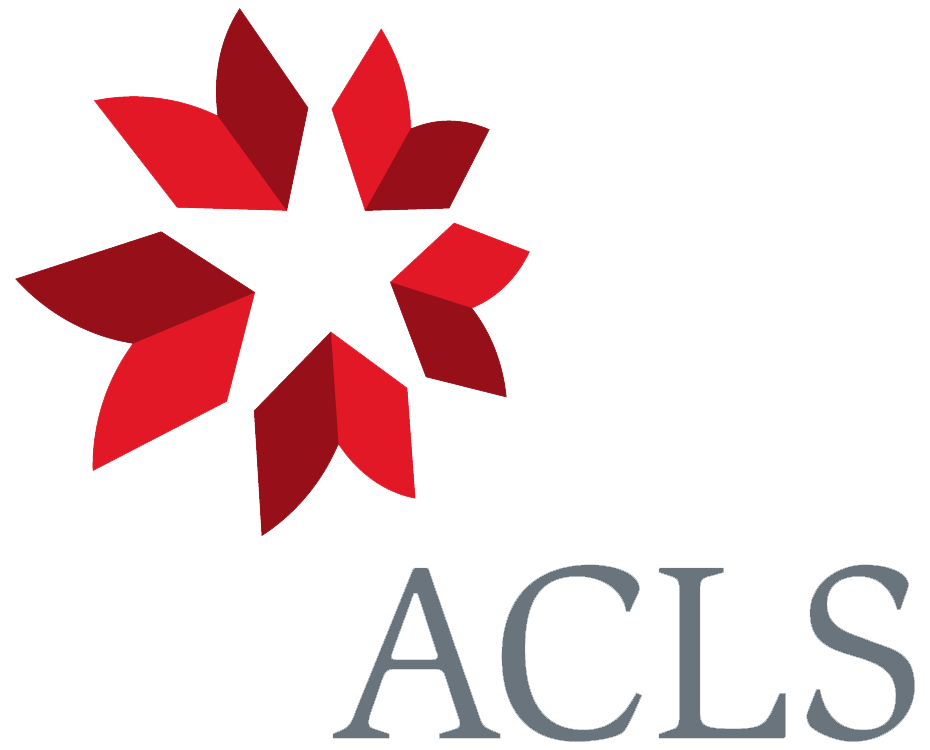From G. C. Oxenden 4 June [1862]1
Broome
June 4—
Dear Sir
This Evening, by Rail, I send you two or three very bad Lizard Blooms—2 A few days ago the leaves of the forward Lizards got horribly bitten by snails & slugs, almost killed by them— The scent of Lizard seems to attract them— Did I, or did I not, ever send to you the dried stem of my immense Lizard of 1860—? It is a real wonder—3
These wretched blooms, sent this day, are from the very same plant—
—In a few more days I will send you half a dozen more—& (I hope) some “Arachnites” also4
I enclose, with the Lizard, a very pretty, rather sparse specimen, of of “Conopsea albida—”5
Later in the Summer, I will send good spikes of
Epipactis latifolia
—— purpurata
—— palustris6
Do you care to have “Epipactis grandiflora”—which is so very common? Do not trouble yourself about the “Bog-Orchis”— My recollection of him has returned completely—& I feel pretty sure of finding him—7
—Here, in our benighted state, we do not call that brown Orchid, which I sent you the other day, the “Birds nest Orchis”— That which we do call “Nidus Avis” is nearly ⟨of⟩ the same colour, but a much larger, stronger, ⟨mo⟩re warlike Plant, parasitic upon decayed ⟨Ha⟩zel Roots—8
—At this very time of writing, I could shew to any one 200 O. apifera, in full bloom—
With most kind regards | G. C. Oxenden
Footnotes
Bibliography
Collected papers: The collected papers of Charles Darwin. Edited by Paul H. Barrett. 2 vols. Chicago and London: University of Chicago Press. 1977.
‘Fertilization of orchids’: Notes on the fertilization of orchids. By Charles Darwin. Annals and Magazine of Natural History 4th ser. 4 (1869): 141–59. [Collected papers 2: 138–56.]
Orchids 2d ed.: The various contrivances by which orchids are fertilised by insects. By Charles Darwin. 2d edition, revised. London: John Murray. 1877.
Orchids: On the various contrivances by which British and foreign orchids are fertilised by insects, and on the good effects of intercrossing. By Charles Darwin. London: John Murray. 1862.
Summary
Sends orchids.
Letter details
- Letter no.
- DCP-LETT-3589
- From
- George Chichester Oxenden
- To
- Charles Robert Darwin
- Sent from
- Broome Canterbury
- Source of text
- DAR 173.2: 53
- Physical description
- ALS 2pp
Please cite as
Darwin Correspondence Project, “Letter no. 3589,” accessed on 19 April 2024, https://www.darwinproject.ac.uk/letter/?docId=letters/DCP-LETT-3589.xml
Also published in The Correspondence of Charles Darwin, vol. 10


